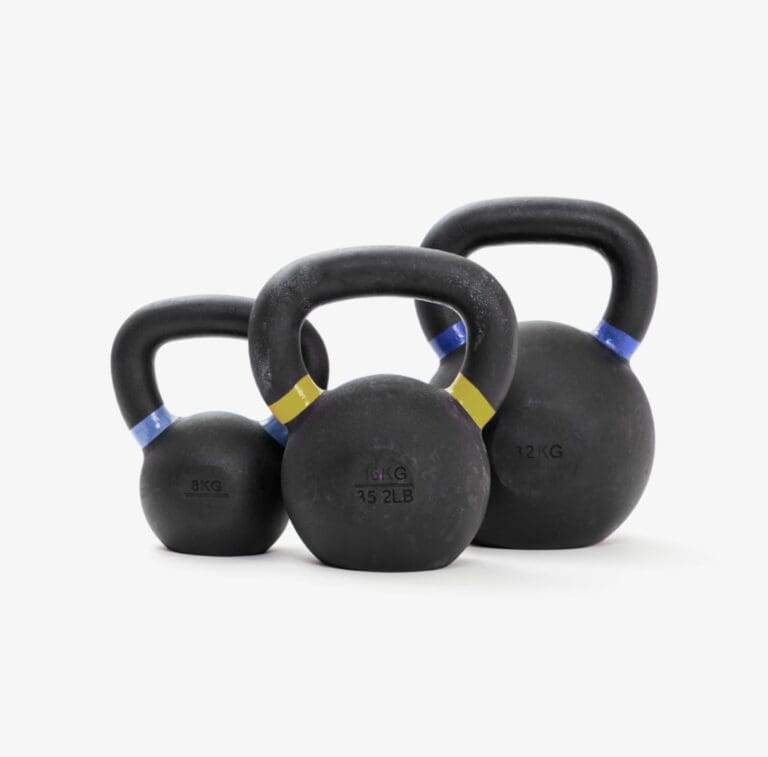
As a personal trainer in San Mateo, I often get asked about the role of different nutrients in a healthy diet and exercise plan. One nutrient that often gets overlooked, but is incredibly important, is fiber. In this blog post, I’ll be discussing the importance of fiber in a fitness and nutrition plan, and why it should be a key component of any diet.
First, let’s define what we mean by “fiber.” Fiber is a type of carbohydrate that our bodies can’t digest. It passes through the digestive system mostly unchanged and serves a variety of important functions. There are two types of fiber: soluble and insoluble. Soluble fiber dissolves in water and forms a gel-like substance in the gut, while insoluble fiber does not dissolve and helps to move food through the digestive system.
One of the most important benefits of fiber is that it helps to keep us feeling full and satisfied. This is because fiber takes up space in the stomach and slows down the digestion process, leading to a feeling of fullness. This can be especially beneficial for those trying to lose weight, as it can help to curb cravings and prevent overeating.
In addition to helping with weight management, fiber has a number of other health benefits. For one, it helps to regulate blood sugar levels by slowing down the absorption of carbohydrates. This can be especially beneficial for those with diabetes or prediabetes. Fiber also helps to lower cholesterol levels and reduce the risk of heart disease.
Fiber is also important for maintaining a healthy gut. It helps to keep the digestive system running smoothly and prevents constipation. This is because insoluble fiber acts like a “brush” for the gut, helping to move food through the digestive system. Soluble fiber, on the other hand, promotes the growth of healthy bacteria in the gut, which is important for overall health.
Despite all these benefits, many people still don’t get enough fiber in their diets. The recommended daily intake of fiber is 25 grams for women and 38 grams for men, but most people only consume around 15 grams per day. This is partly because many processed foods are low in fiber, and partly because many people simply don’t know how to incorporate more fiber into their diets.
So, how can you increase your fiber intake? One of the easiest ways is to eat more fruits, vegetables, and whole grains. These foods are all naturally high in fiber and can be easily incorporated into meals and snacks. Some great options include:
- Apples: One medium apple contains 4 grams of fiber.
- Berries: A cup of raspberries contains 8 grams of fiber, while a cup of blackberries contains 7 grams.
- Spinach: One cup of cooked spinach contains 4 grams of fiber.
- Lentils: One cup of cooked lentils contains 15 grams of fiber.
- Whole wheat bread: Two slices of whole wheat bread contain 4 grams of fiber.
It’s also a good idea to choose foods that are high in both soluble and insoluble fiber, as both types play important roles in maintaining health.
In addition to eating more fiber-rich foods, it’s also important to drink plenty of water. Fiber needs water to do its job, so make sure to drink at least 8 cups of water per day.
As a personal trainer in San Mateo, I often work with clients who are looking to improve their health and fitness levels. Fiber is an important nutrient that is often overlooked, but it plays a key role in maintaining a healthy diet and exercise plan. Incorporating more fiber-rich foods into your diet, and making sure to drink enough water, can help to improve your overall health and well-being.
It’s also important to note that increasing your fiber intake should be done gradually, as suddenly increasing your intake can lead to digestive discomfort such as bloating, gas, and constipation. It’s best to increase your intake by 5-10 grams per day until you reach your desired intake level.
Fiber is a crucial nutrient that plays a vital role in maintaining a healthy diet and exercise plan. It helps with weight management, regulates blood sugar levels, lowers cholesterol, promotes a healthy gut and keeps you feeling full and satisfied. As a personal trainer in San Mateo, I highly recommend incorporating more fiber-rich foods into your diet, and making sure to drink enough water to ensure optimal health.
A study published in the American Journal of Clinical Nutrition found that increasing fiber intake was associated with a lower risk of death from all causes, including heart disease and cancer (1). Another study in the Journal of the Academy of Nutrition and Dietetics found that increasing fiber intake led to a significant decrease in body weight and body fat (2).
Now that you know the importance of fiber in a healthy diet and exercise plan, what are you waiting for? Incorporate more fiber-rich foods into your diet and see the difference it makes in your overall health and well-being.
And if you’re looking for a personal trainer in San Mateo to help guide you on your fitness journey, look no further than Holly Roser Fitness. We’ll work together to create a personalized plan that is tailored to your individual needs and goals.
As always, remember to “Eat your fruits and vegetables, they’re good for your gut!”
References:
Anderson JW, Baird P, Davis RH Jr, et al. Health benefits of dietary fiber. Nutr Rev. 2009;67(4):188-205. doi:10.1111/j.1753-4887.2009.00189.x
Slavin JL. Fiber and Prebiotics: Mechanisms and Health Benefits. Nutrients. 2013;5(4):1417-1435. doi:10.3390/nu5041417






